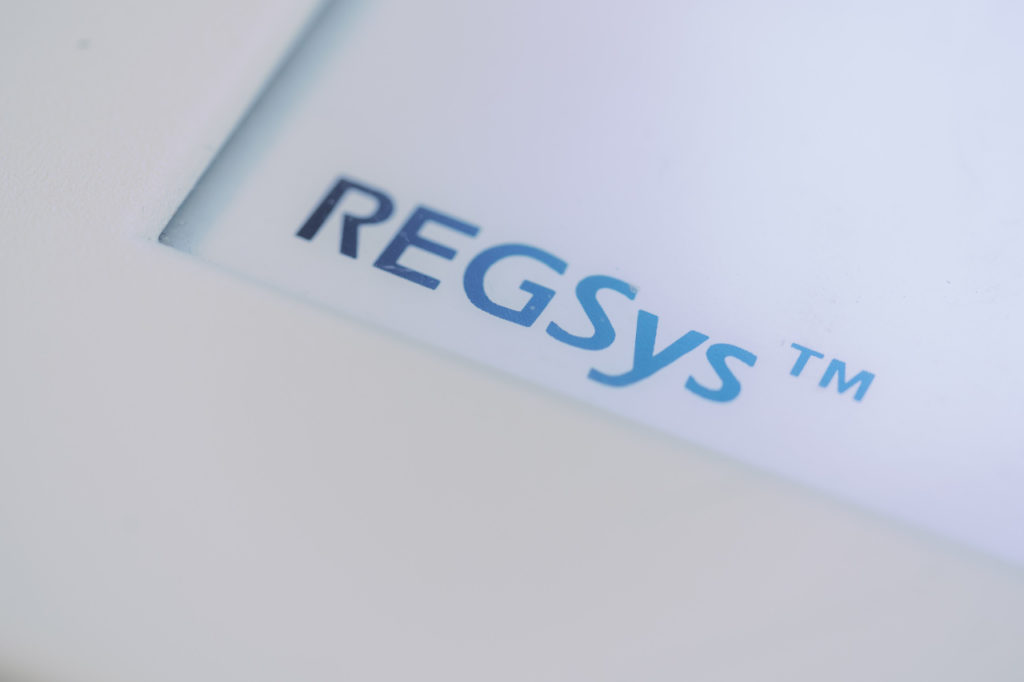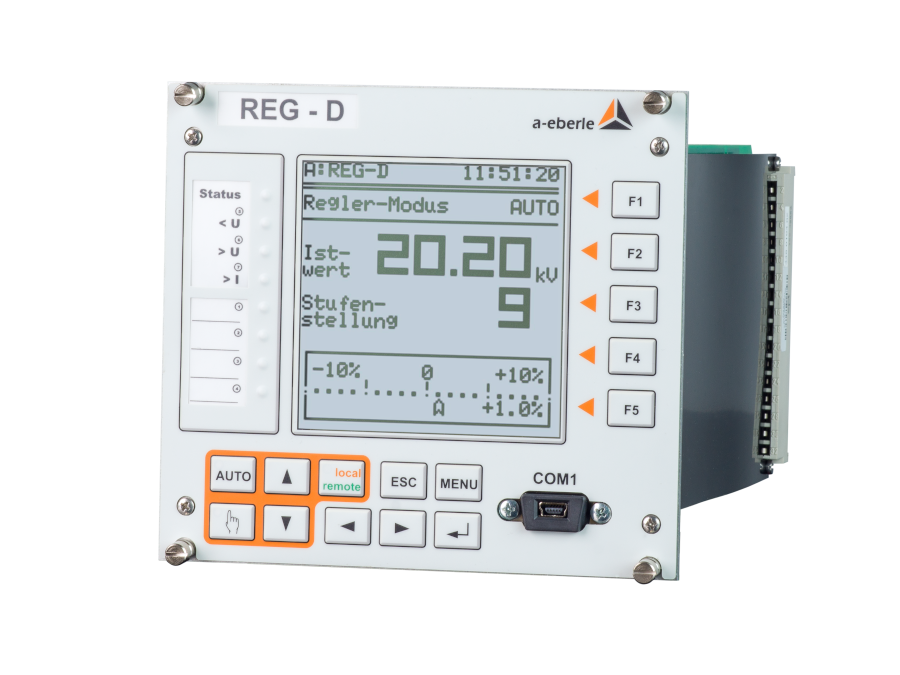The REGSys® Triple-Wound Feature
The triple-wound feature is available for voltage regulators REG-D and REG-DA. Originally, the feature was developed to regulate and monitor triple-wound transformers.

Since then, it has become possible to use the feature for other application such as so-called “energetic recovery” or to implement applications requiring a second voltage (U1, U2) and current (I1, I2) measurement. In these cases, the triple-wound feature in the firmware is usually combined with a background program (special A. Eberle tool) to implement customer-specific requirements.
The most important characteristics & other applications
The triple-wound functionality can also be used for other applications. Read more about these applications and the most important characteristics of the triple-wound feature in our application report.






